Pigs are representatives of a group of conditionally edible mushrooms that are massively harvested and eaten, believing that they do not harm health. But science does not stand still, research is constantly being carried out, and some of the representatives of this conditionally edible group fell into another, consisting of poisonous mushrooms. When collecting sows, it is important to consider that some types of sows are not allowed to eat, so as not to risk life and health.
Content
Characteristic features of the variety
The Svinushkov family belongs to the poisonous and conditionally edible. Therefore, for an inexperienced mushroom picker who has not studied all the nuances and features of pigs by photo and description, it is better to bypass these mushrooms.
Appearance and structure
Pig has not only several varieties, but also other names: a dunk, a pig, a barn, a pig’s ear, and cod. Small mushrooms, regardless of species.
By structure, they are lamellar, usually the plates are light brown or yellow. The top color of the hat is light beige to brown. The leg, depending on the type, can be thin and tall or thick and short, and also completely absent. Therefore, it is so important to determine the appearance of the pig.
 You may be interested in:
You may be interested in:Habitat
Little pigs grow in many locations: deciduous forests and conifers, bushes, edges, swamp edges, places with fallen trees. At the same time, they grow up in “families”, “witch circles”. Bear fruit abundantly.
Eating
Edible fungus or not, depends primarily on the species, but the place of growth also matters: for example, poisonous neighbors are quite capable of transferring their properties to an edible fungus growing nearby. A thin pig should not be eaten under any conditions; a thick pig can only be eaten after prolonged cooking, although it has very low palatability, so real gourmets ignore it.
Types and their description with photos
Pig houses consist of eight species of mushrooms. Some of them are not common:
- Ear-shaped. It looks like oyster mushroom and grows on the trunks of conifers, attaching to them with a leg or a process from a hat. The color is olive, yellow or brown, the plates are light. The diameter of the hat is in the range of 2-8 cm. Growth time is the end of summer and autumn.
- Scaly. A rare species with a hat up to 8 cm and a leg 4-8 cm. The hat is yellowish with large gray scales. The identification mark is the neighborhood of an alder, because only with it does mycorrhiza form. Fruits in the second half of summer.
Most often, there are two types of barn: a thick one, which is nevertheless consumed, and a thin one, which is dangerous for human health and life. It is imperative to distinguish between them. For this, photos can additionally help, they are even recommended to take with them to the forest and compare there on the spot.
Conditionally edible
Fat pig belongs to the group, which is characterized by very low taste, has no value as a source of useful components. In foreign literature appears as inedible or with unexplored properties.
The hallmarks of a fat pig are the slow darkening of the cut, the short and thick velvet leg of a dark brown or black color, which has been compared with a cigar. The hat can reach 25 cm in diameter, velvety to the touch, brown or pistachio, with spots.
The hat can reach 25 cm in diameter, velvety to the touch, brown or pistachio, with spots.
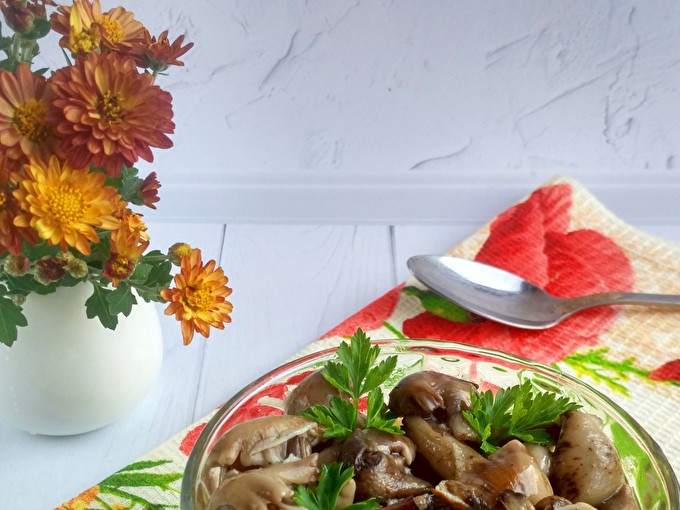 You may be interested in:
You may be interested in:Dangerous
The thin pig has a meaty hat with twisted edges and a funnel in the center. The color is olive, it darkens with age.
The size of the hat is usually in the range of 12-15 cm, very rarely you can find a 20-centimeter. She herself is fleshy, fat. At a young age, it is light and domed, with time it changes shape to a flat and even slightly curved towards the center, and the color darkens.
The range of colors is from light gray to saturated olive. The edges of the hat are wavy, the surface is rough and fluffy, although if there is a lot of moisture around, it becomes glossy, slippery and sticky.
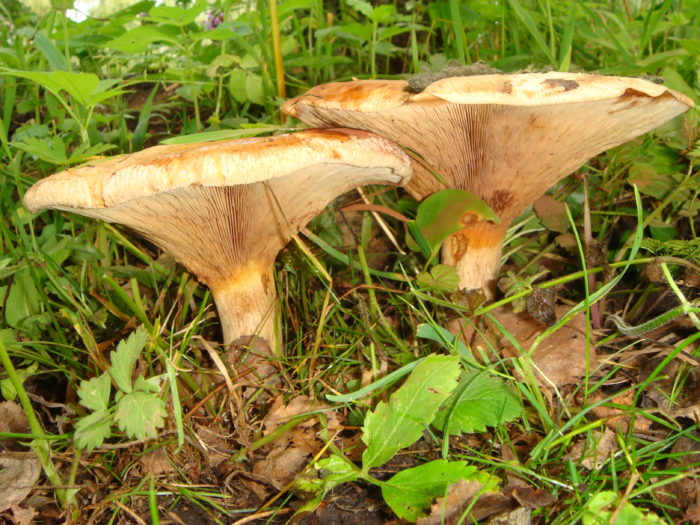
The leg is also medium-sized and even, maximum can reach 9 cm in length and only 2 cm in width. The color is the same as the hat. A characteristic feature of the barn is the flesh inside is light yellow, but on a break or slice it quickly darkens to brown.
The period and rules for collecting edible pigs
If, in spite of not very flattering characteristics, mushroom pickers still collect a barn, then you need to adhere to some rules:
- “quiet hunting” should go far inland, moving as far as possible from highways and industrial buildings of factories - this will reduce the chances of collecting harmful chemicals for dinner;
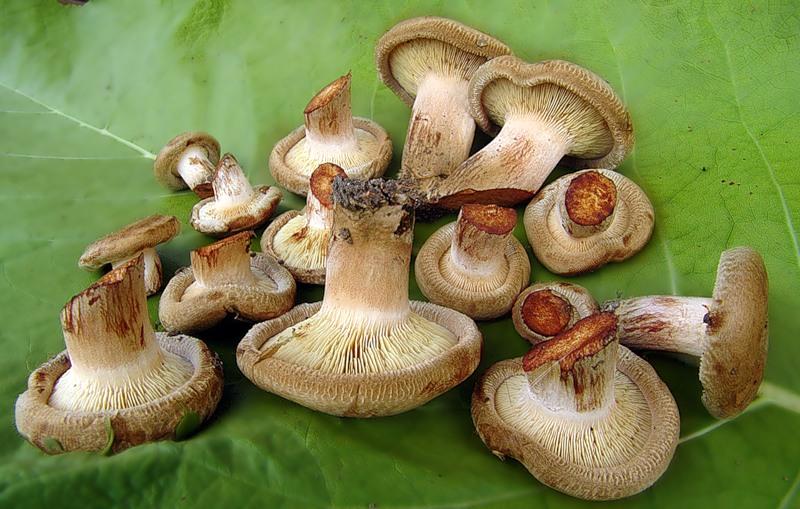
The collection of sows - take only young fruiting bodies, old ones accumulate in themselves over time these compounds;
- do not eat large portions, mushrooms, in principle, are rather heavy food, they should play the role of a spicy additive in the plate, and not the main dish or side dish;
- prepare dunks, carefully observing all the rules: start cooking as early as possible, wash thoroughly, cook for several stages for a long time, draining the broth each time, do not store the finished dish for more than several hours.
The time for collecting the pig is the second half of summer and autumn.
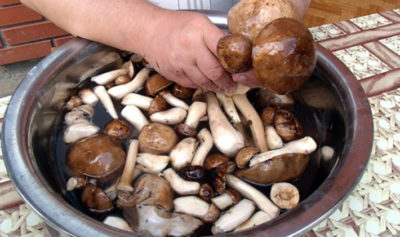 You may be interested in:
You may be interested in:Differences between a fat pig and a thin and other poisonous mushrooms
The two most common sows are quite noticeably different from each other in the rate of darkening of the pulp during breakage and stem, namely its color and thickness. It is convenient to compare the photo posted above. The cowsheds do not have any obvious similarities with other poisonous mushrooms.
Useful properties and restrictions for use
Despite all the above disadvantages, the pig has useful properties. Here are some of them:
- in its composition, the substance atromentin was found, which has an antibiotic effect and is used in antitumor drugs;
- in oriental medicine it is used as a muscle relaxant (for muscle relaxation) and as an anti-cramp remedy;
- contains poison muscarine, which is important in research medicine, it has hopes in the field of oncology, but at this stage the development is still underway;
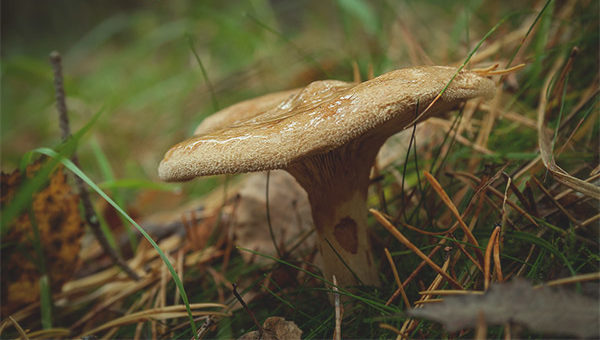
Thin pig - serves as a blue dye for natural fiber;
- with a calorie content of 30 kcal per 100 g, there are almost 4 g of protein and 16 g of carbohydrates, that is, it is suitable for people on a low-calorie diet;
- contains vitamins A, C, PP, group B, macro- and microelements that help with cardiovascular diseases, high cholesterol.
There are contraindications that limit the use of sows. Prohibited:
- pregnant and lactating women;
- children
- people with chronic diseases with seasonal exacerbations;
- with digestive diseases;
- with problems in the kidneys;
- with blood diseases.
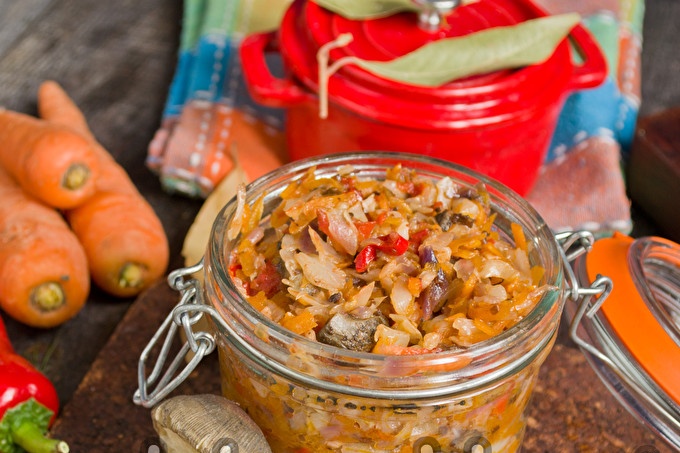 You may be interested in:
You may be interested in:
Before deciding whether to include a barn in your diet, it is important to weigh its benefits and harms.
Recipes and features of cooking fat pigs
Due to the fact that for a long time pigs were considered completely edible and are now sometimes eaten, many recipes have been preserved.
How to cook until cooked?
To maximize the purification of the mushroom from harmful substances absorbed during growth, it is soaked in salt water for three days. Then boil for 2-3 hours, draining the broth after five minutes of boiling after each boiling. The second option is soaking for a day, then cooking alternately in salt and vinegar water for half an hour.
Frying
The taste of the barn after frying becomes interesting. To do this, you need to take 700 g of boiled mushrooms, 2 onions, 2 tbsp. l sour cream, roasting oil and spices to taste: salt, pepper, a couple of bay leaves.
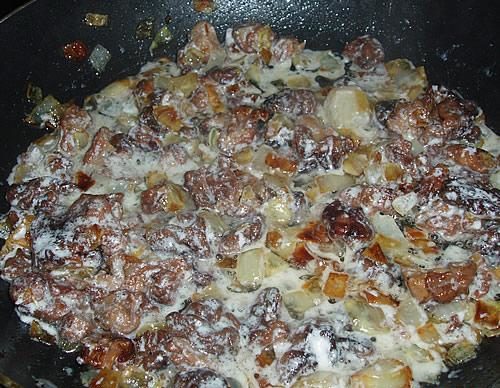
Before frying, you will have to cook the pigs for a long time: you need to spend several hours on this (the methods are described above). And only then, the chopped fruit bodies are fried for 10 minutes in oil with spices and 5 with sour cream.
Harvesting for the winter
Before closing the jar of sows for the winter, they must be soaked. The recipe is designed for 1 kg of raw mushrooms (young medium-sized):
- 500 ml of vinegar;
- 3 cups olive oil;
- spices: 2-3 medium-sized bay leaves, black pepper, salt, garlic.
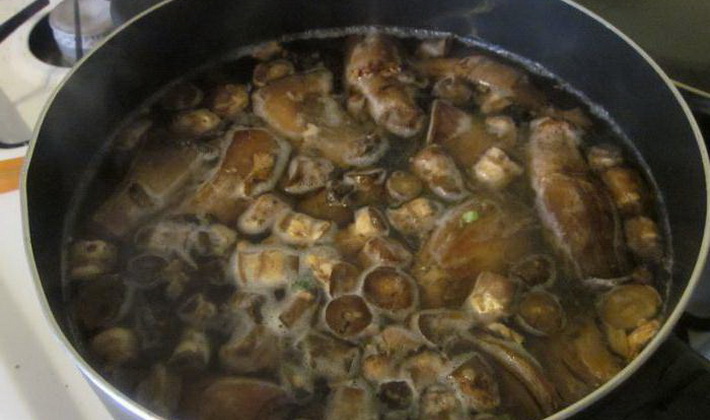
Boiled processed, washed pigs in water with salt for 30 minutes, rinse and boil again in water and vinegar for 20 minutes. Allow to drain and fry them in oil and spices, pour into sterile jars, roll up, wrap until cool.
Mushroom harm
All pigs are definitely not valuable mushrooms. Damage to health can be caused by eating even conditionally edible fat pig, if you eat it often in large portions.
Poisonous properties
The pig contains substances that affect the functioning of a living organism - lectins. They do not die during heat treatment. When passing through the digestive system, they enter the blood cells and disperse throughout the body, causing an allergic reaction first. But the antibodies that have come to the defense are not attacked by the lectins themselves, but by the cells in which they are located. That is, the action of the body is directed against the body itself.
And the next insidious step of poisons is the defeat of the kidneys, the appearance of renal failure. In addition to the composition of the fungus itself, the danger is the ability of the pig to accumulate heavy metals from the soil, radioactive compounds, sometimes during research there was found such a quantity that exceeded the norm by hundreds of times.
Poisoning by sows
Poisoning can occur in the first hours or stretch in time. It depends on the dose of the poison, the frequency of its use, the state of the whole organism, and immunity. Here the cumulative effect works.At first, dizziness, a change in consciousness, nausea, vomiting, abdominal pain, diarrhea may occur. Following this, pallor of the skin is added, or jaundice develops on the contrary, shock or breathing problems can occur.
First aid
Sometimes symptoms of poisoning by pigs do not appear immediately, but even after a few days. In this case, it is not always possible to guess what the cause of poor health in them is. But in case of mushroom poisoning, self-medication or delay is unacceptable. The first thing to do is urgently go to the hospital.
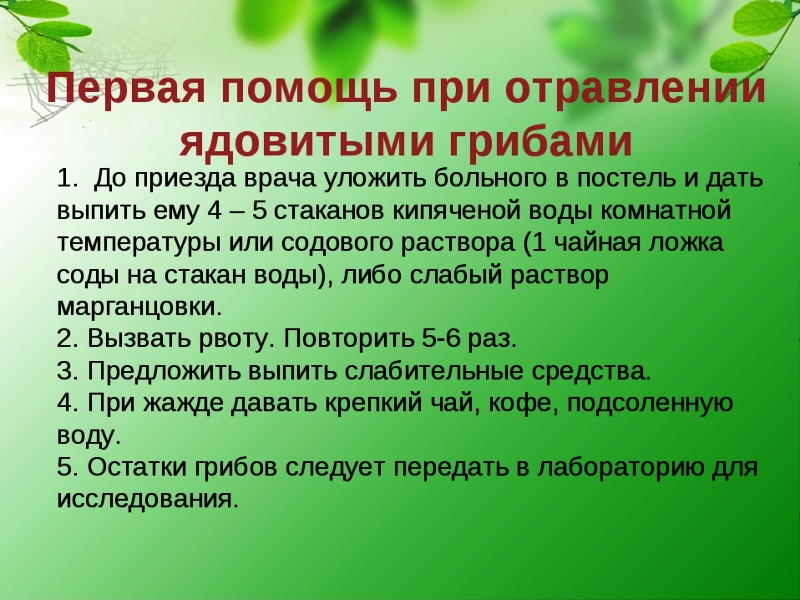
They will do all the necessary laboratory tests and other manipulations (washing the stomach, intestines, administering an antihistamine and more complex resuscitation procedures), the patient will be under the constant supervision of doctors who monitor the basic vital signs. Laboratory tests may show erythropenia, abnormalities in bilirubin and hemoglobin.
Unfortunately, today there is no antidote for this type of substance, and treatment is aimed only at reducing symptoms. That is why early access to doctors is a key point.
Answers to Common Questions
The number of questions about pigs is quite large, as people began to discover that these mushrooms are not as safe as they thought for a long time. Here are the most common ones:
If fans enjoy mushrooms will comply with all the rules regarding pigs, then they will secure their lives. But it is much more reliable to collect mushrooms only from the highest categories, which are full of useful nutrients, very tasty and are certainly edible.

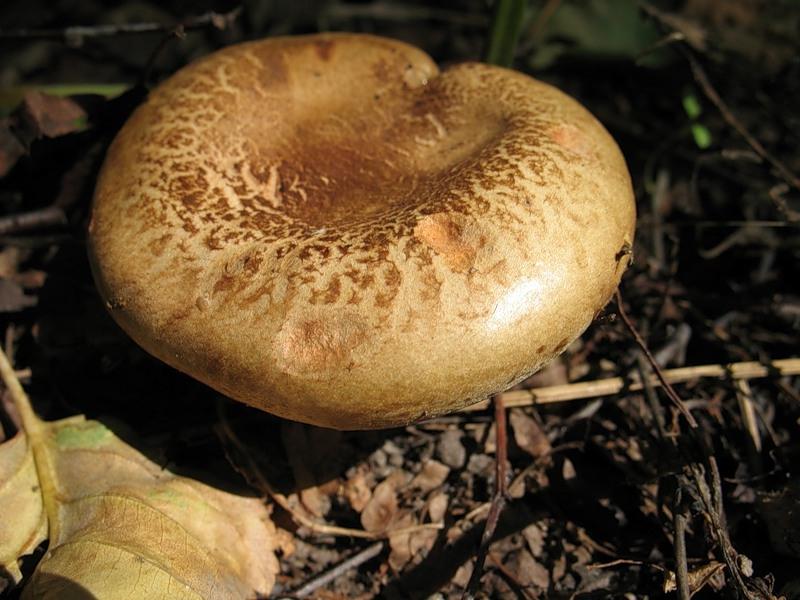
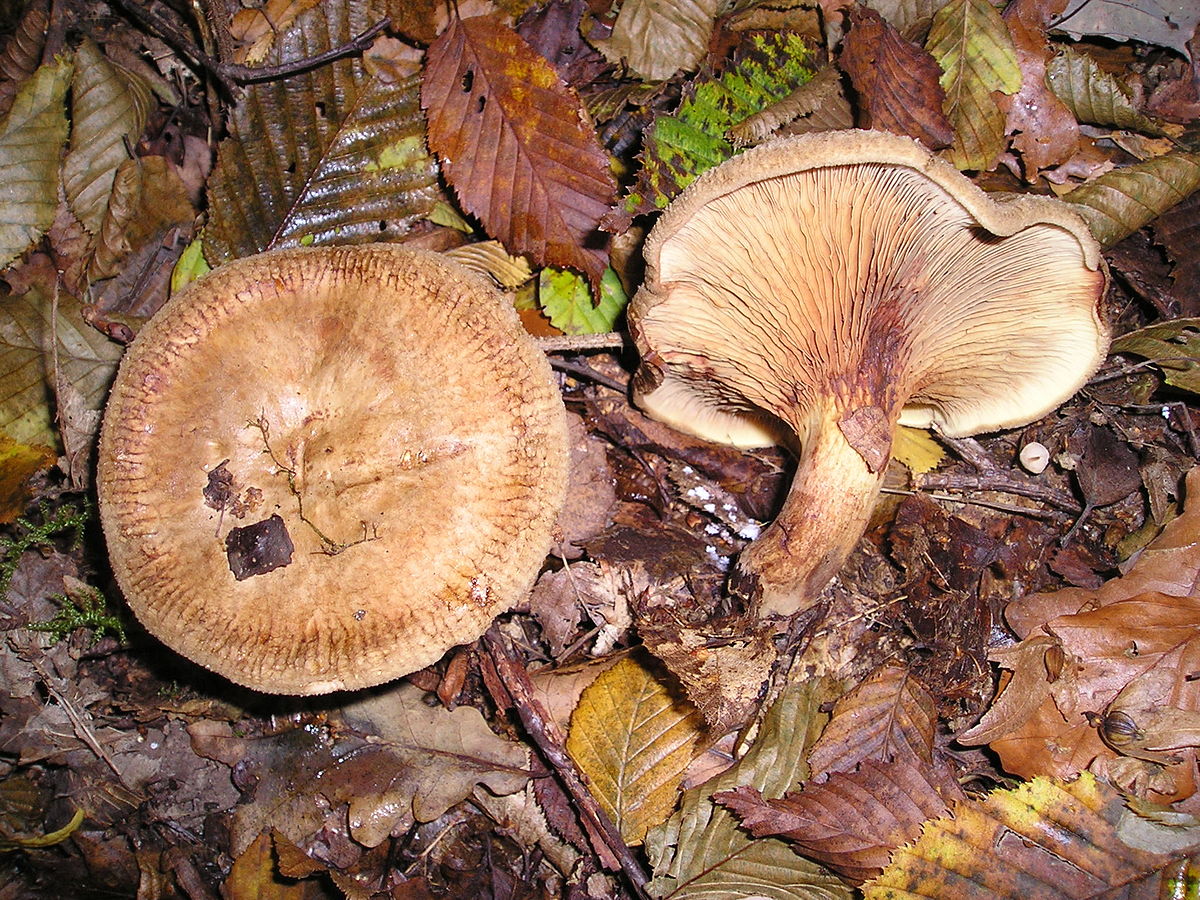
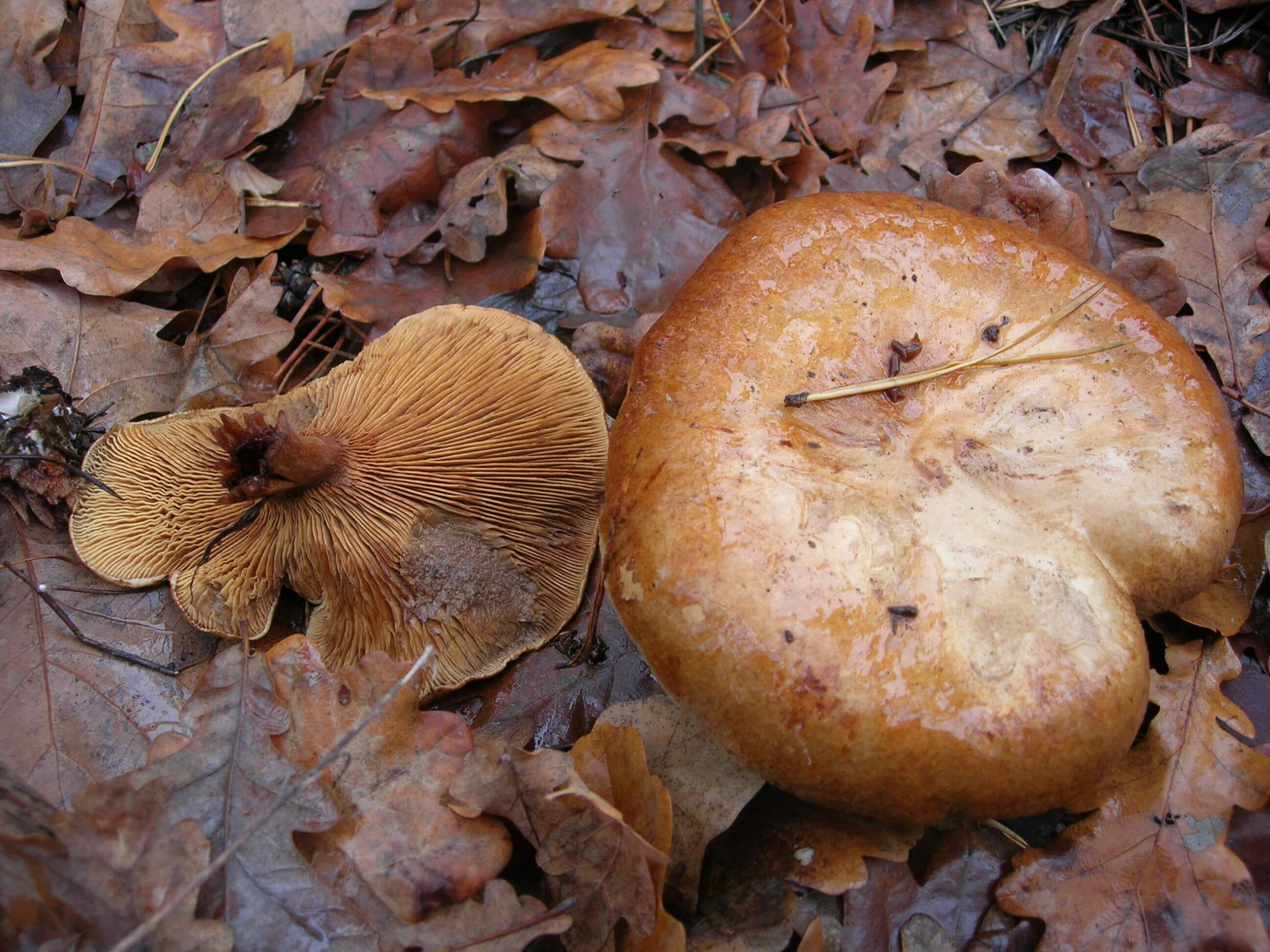
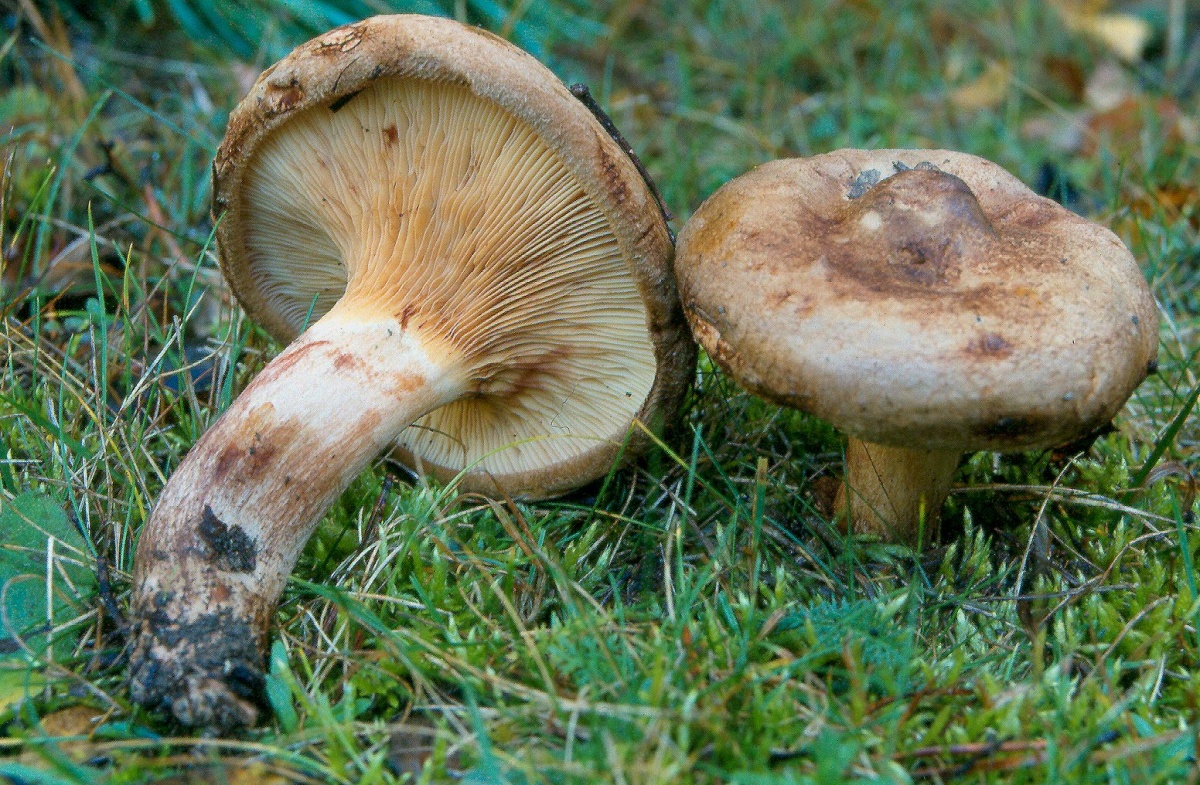

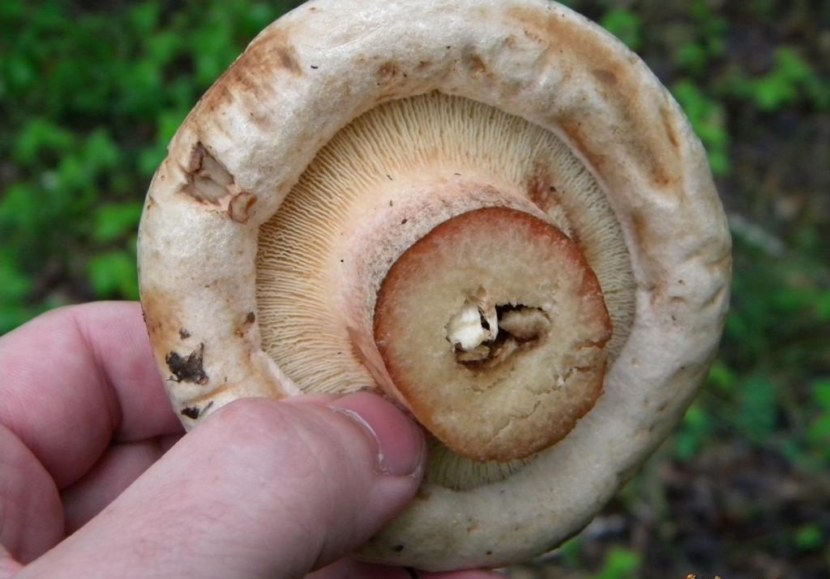
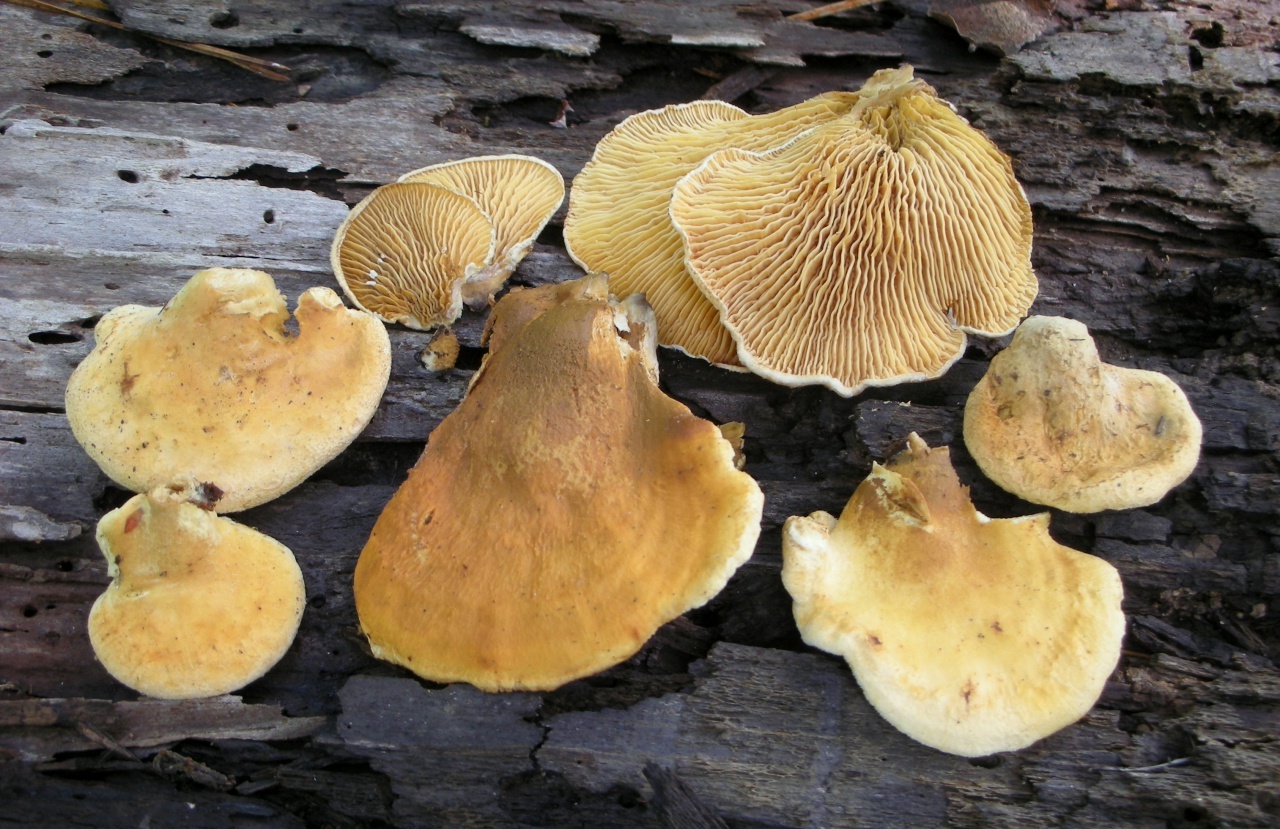
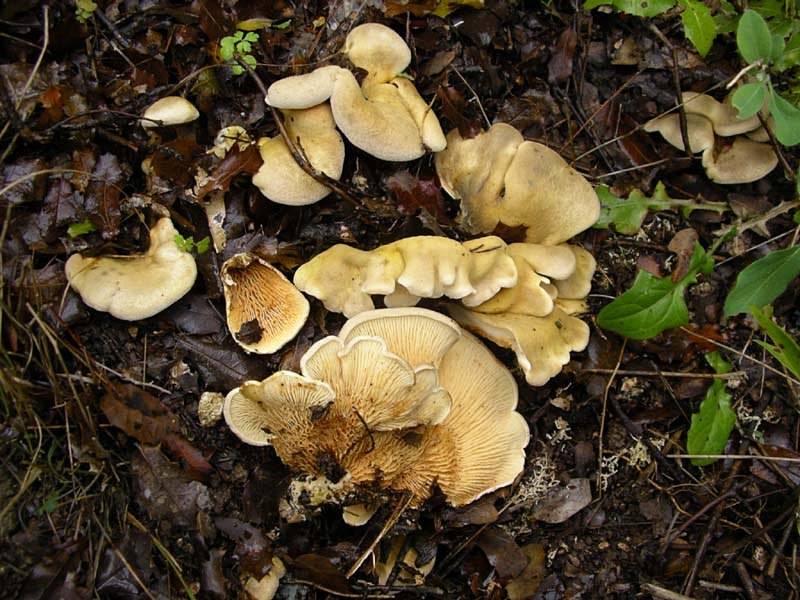
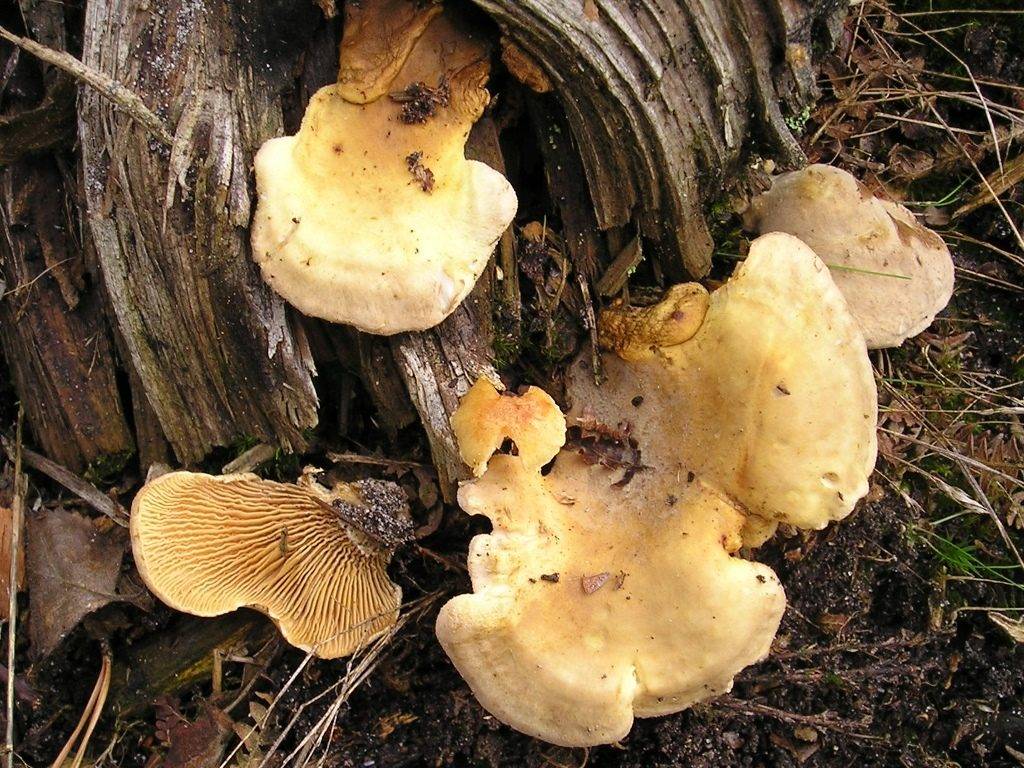

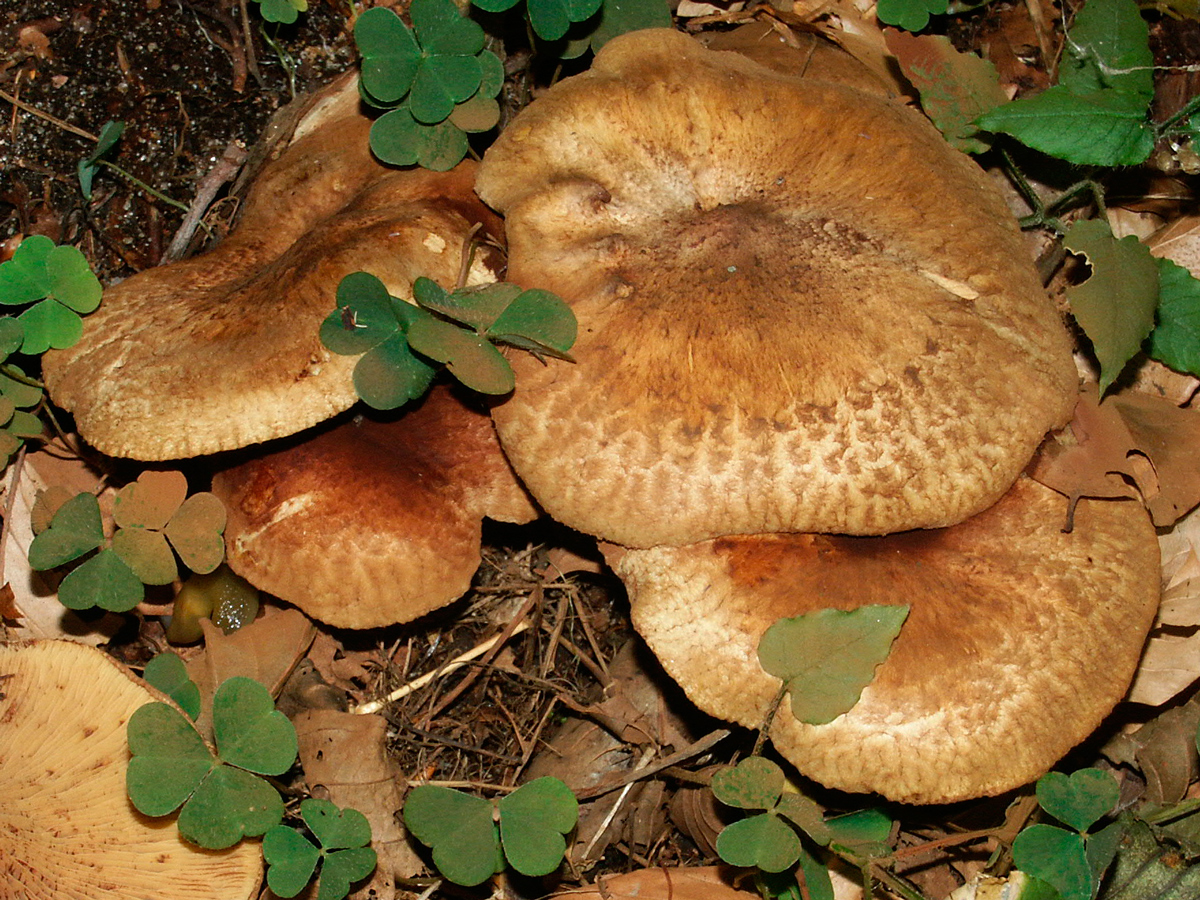
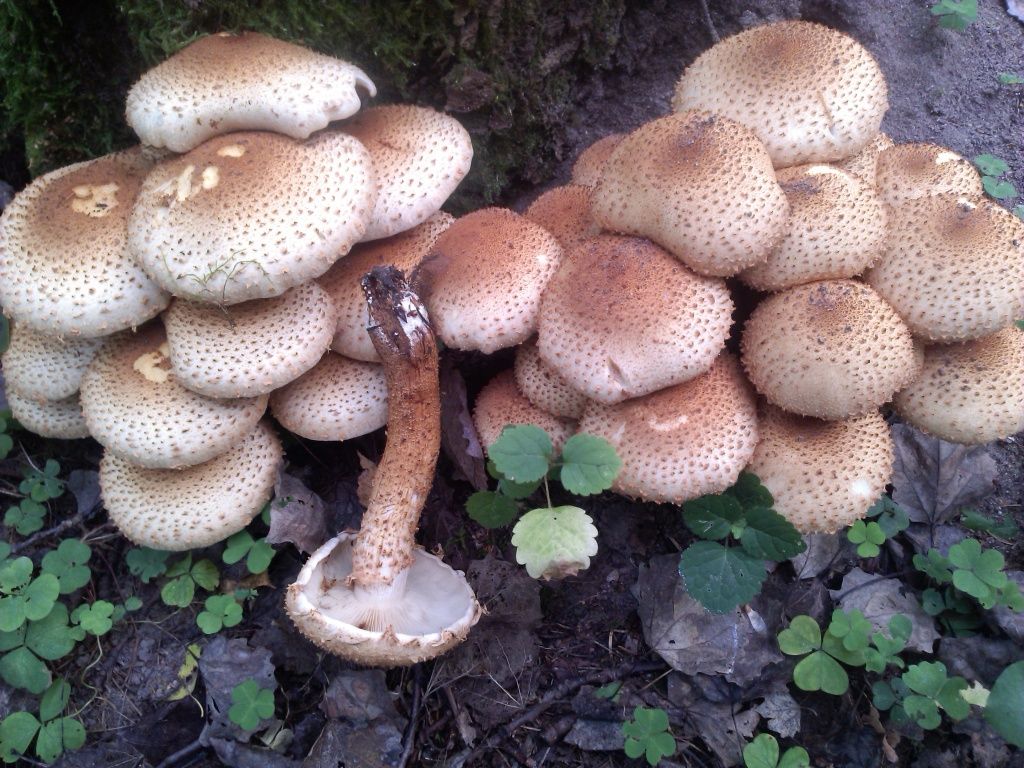
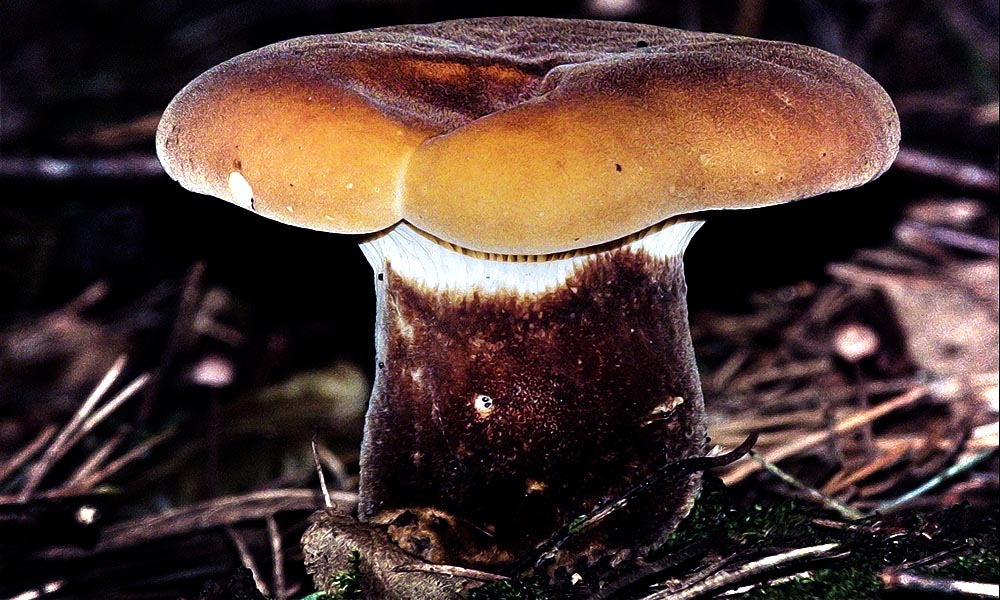
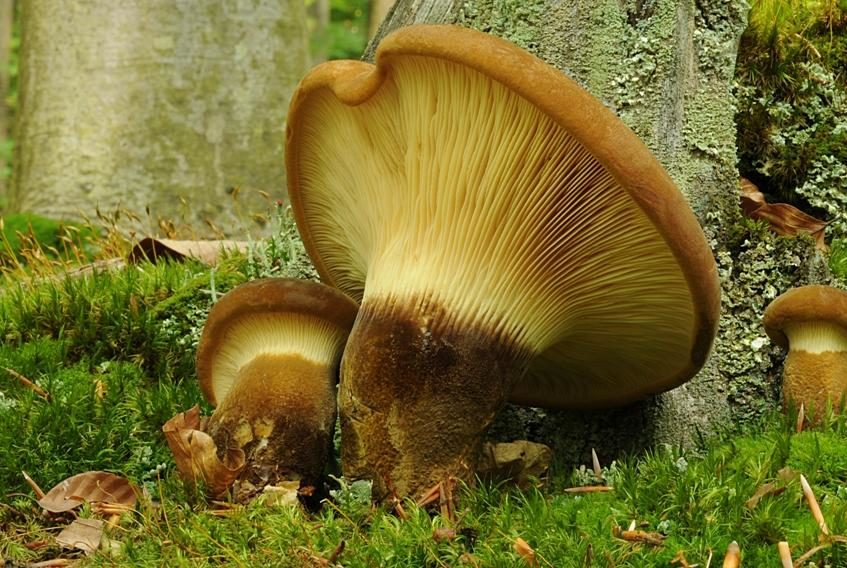
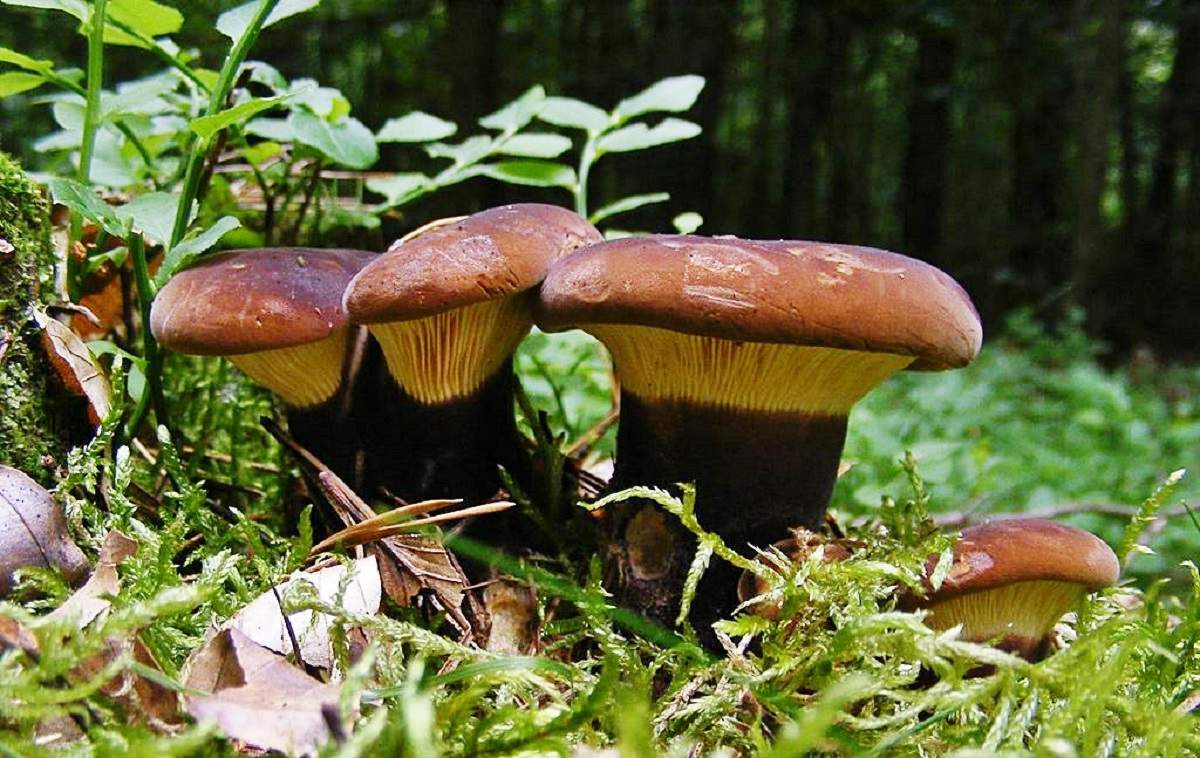
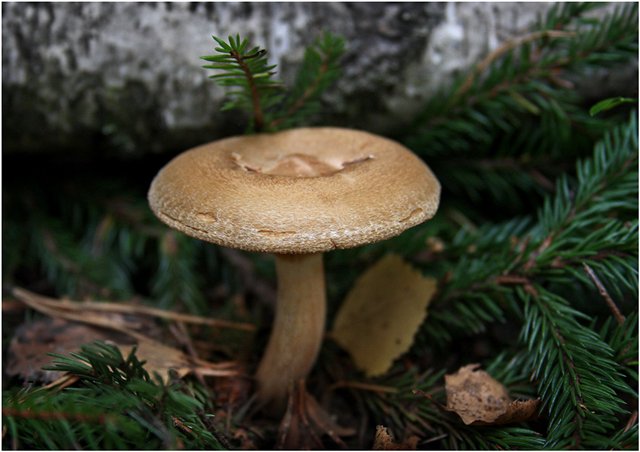
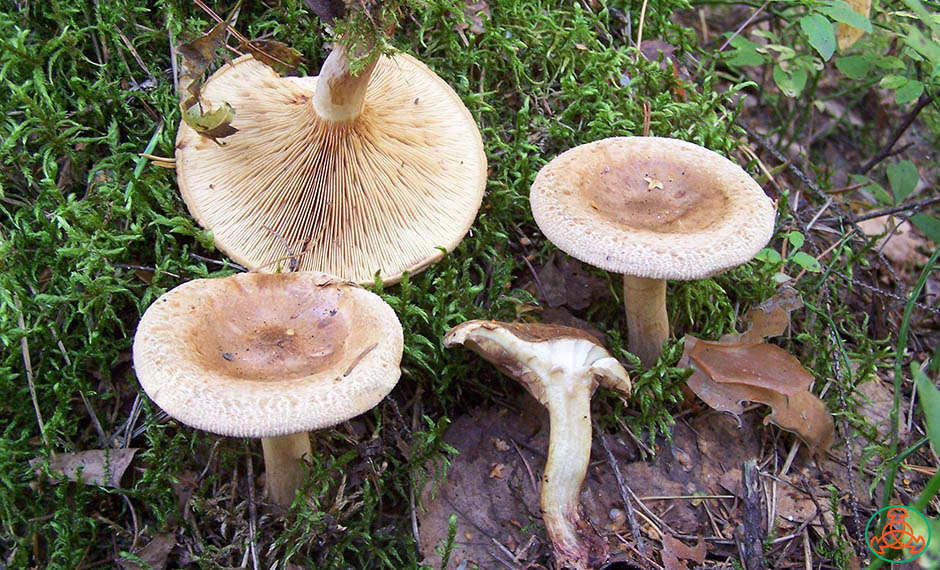
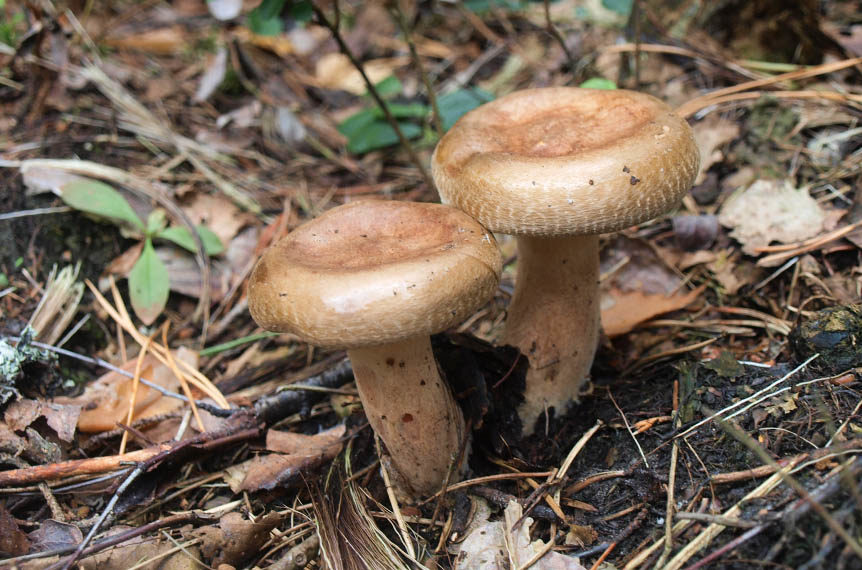



 Care and use of Kombucha at home (+22 photo)
Care and use of Kombucha at home (+22 photo) Edibility of the fungus of the motley umbrella and its description (+19 photo)
Edibility of the fungus of the motley umbrella and its description (+19 photo) Description of edible and inedible oils, their poisonous counterparts (+40 photos)
Description of edible and inedible oils, their poisonous counterparts (+40 photos) Useful properties of milk mushroom and its contraindications (+17 photos)
Useful properties of milk mushroom and its contraindications (+17 photos)